Sheep River to Burns Mine part 2
The Pat Burns Coal Mine is situated deep in the mountains far up the Sheep River valley, and is certainly is the most stunning location of any coal mine this author has seen. While the operation was ultimately a failure, it’s certainly a winner for explorers like us. What a great place to soak up the past!
Coal was discovered at this location just past the turn of the twentieth century, but it took many more years for any development to happen. Real work started around 1913 and the intentions were to develop the mine concurrent with building of a railway to the site. Trains, then as in now, are the only way to transport bulk commodities like this economically.
In the meantime, the mine was developed, some coal stockpiled, and some test shipments sent east by wagon.
But the railway never came, although some grading was done near Turner Valley. After a few years more, all work at the mine slowed and then finally stopped altogether and by the early 1920s it was done for. Without the railway, there is no way this operation could compete with others in the province. Coal from mines in Canmore, The Crowsnest Pass, Bankhead and the Drumheller areas could be sourced for less. So even, while this coal here was of high quality, there would never be demand unless they could get it to market cheaply. That’s what killed the plan.
Fast forward and almost a hundred years after the mine first opened, we visit the site. Access is by the decommissioned mine road. It’s couple hour hike, or you can bike in or a ride a horse.
The first evidence of the mine are a couple small coal piles in a meadow. Here in this flat area was the housing for the miners, offices and so on. Nothing much otherwise remains today.
Most people who visit here think this is all there is to the Burns mine site, but it’s not, and higher up on some slopes to the south are two separate workings perhaps under a kilometre apart. It’s a bit of a steep hike to get to them and the trails are somewhat overgrown in places. Because of this, these two areas receive few visitors.
First we explore the east workings, situated on a steep hillside a couple hundred metres above the trail we came in on. There appears to be two levels at this location, one right above the other, with a large slack pile separating them. The lower workings still have rails coming out of the collapsed entrance. How the coal was transported from here down to the loading point at the town site is uncertain. Typically a tramway system is used, but no evidence could be found to confirm that.
Scattered about here are the remains of a few buildings, old metal bits and not much else. Wild Raspberries grow on the coal slack. While enjoying lunch, I take a moment to make a time lapse of the clouds as they flow and billow past the mine site.
The second set of workings are situated a little lower on the mountain and to the west and judging by the amount of slack, debris and collapsed buildings it seems this was the main area of the Burns Mine operation.
The whole west site is littered with pipes, most of them flattened. It can be assumed these may have been used for ventilation (critical in a coal mine). An awfully stinky sulphur spring flows from the collapsed mine entrance here.
It’s possible the east and west workings were connected underground, but it’s only a guess at this point. It’s not unusual for mines to have many access points.
The Pat Burns associated with this mine is the same person behind the company Burns Meats. He had his fingers in many enterprises and has quite a legacy in the area.
On the way out, we get a final look at Gibraltar Mountain. It’s easy to to spot, with it’s very broad near vertical face. Somewhere up there is the remains of a mine employee. On a day off, this person along with some other coworkers attempted to summit the mountain (using the easier back side), and along the way managed to fall over the edge. He’s still there, a sobering thought.
Heading back, reluctantly, we make our way to the car some ten clicks way, thoroughly happy with the adventure that has just unfolded. While the trail back is mostly unexciting, the views are good and they make it all worthwhile.
For part one of this article, refer to this link…
Sheep River to Burns Mine part 1.
To see some other mines we’ve visited, why not check out these links…
Mining under Moyie Falls.
Tent Mountain was torn a new one.
If you wish more information on this place, by all means contact us!
Date of adventure: September 2012.
Location: Kananaskis, Sheep River area.
Note: Mine sites are dangerous!
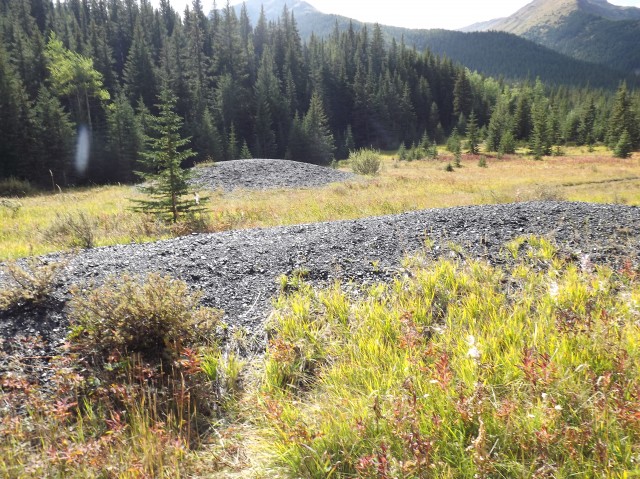
Coal piles along the trail.
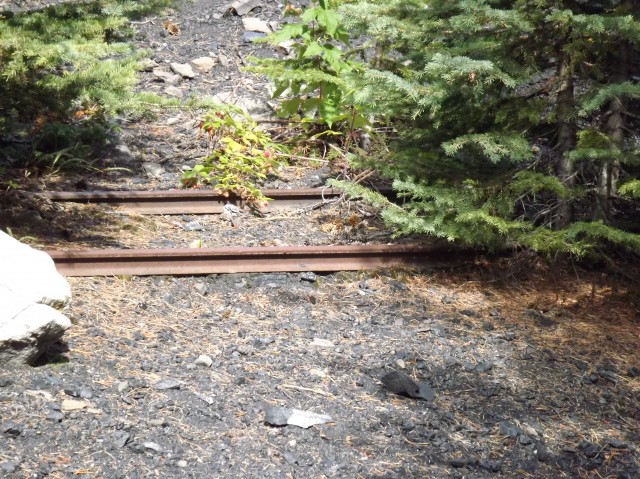
Mine rails at the east workings.
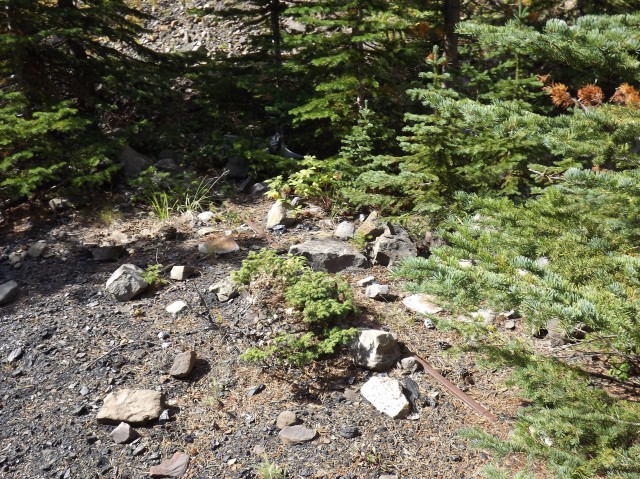
Rails going into the collapsed mine entrance. Look closely.
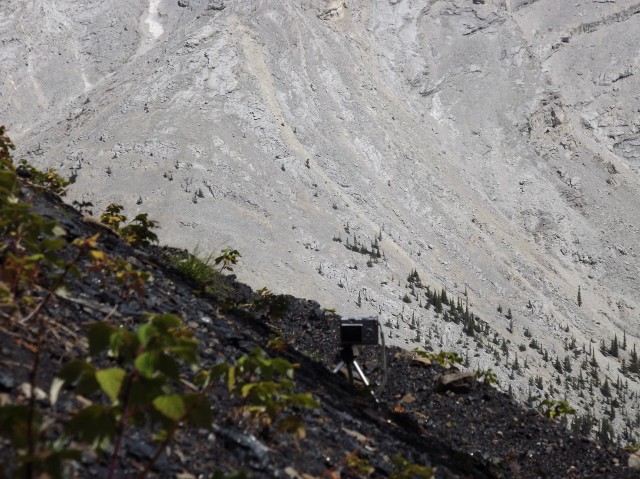
Brucie, our budget time lapse rig. See video further down.
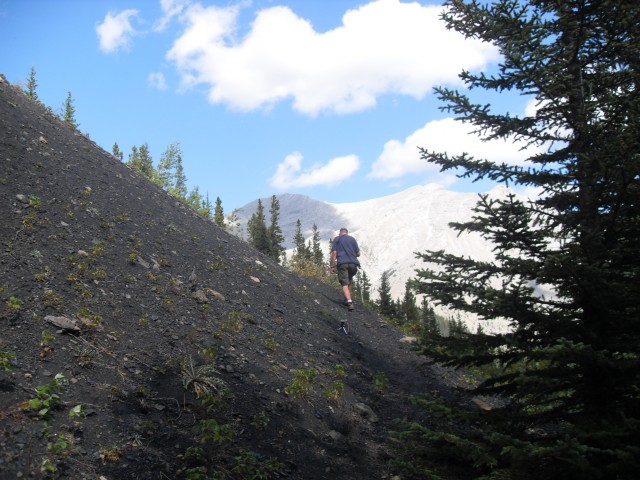
Going up a slack pile. Notice our time lapse rig.
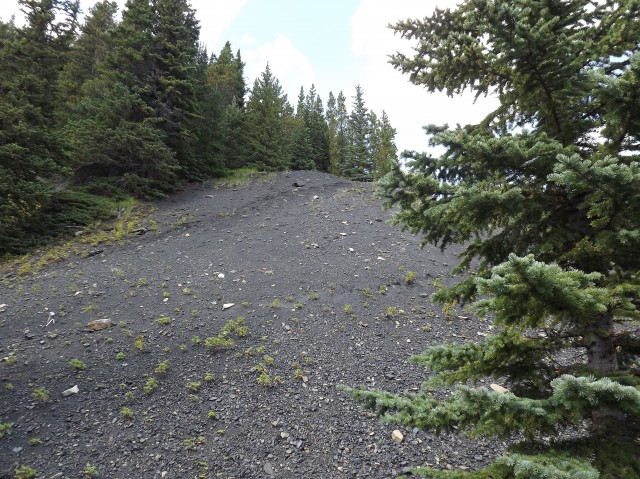
More slack.
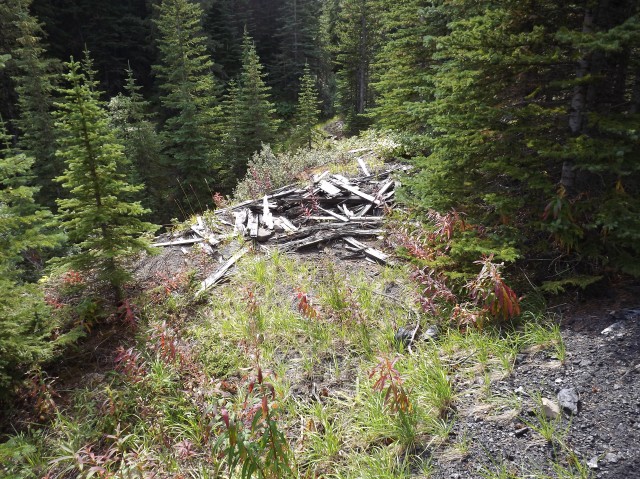
One of many collapsed buildings.
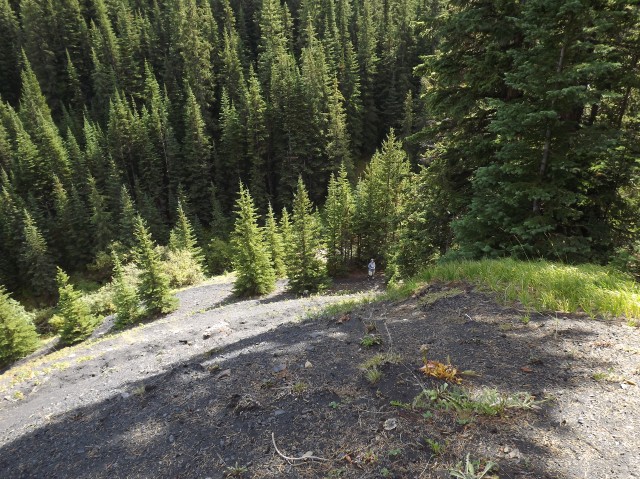
Looking down at Connie – this dump is quite high.
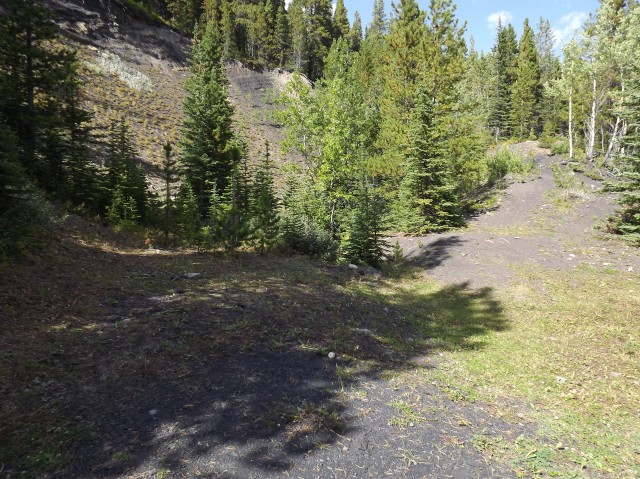
The upper level at the east workings.
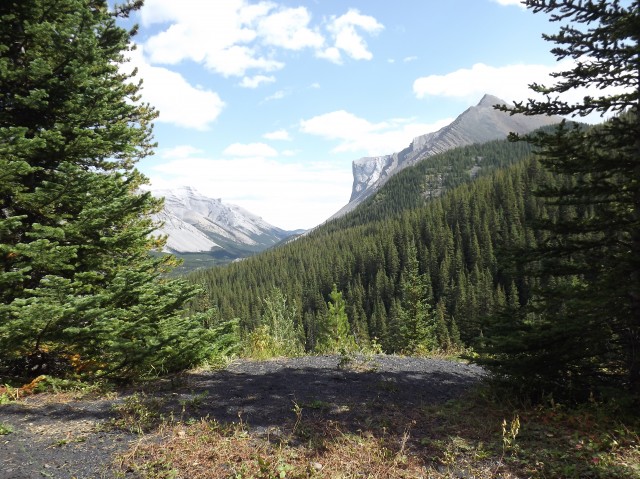
The coal mine with the best views!
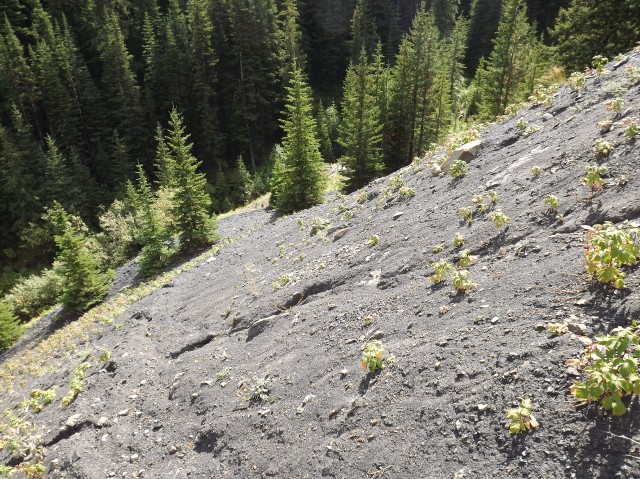
The coal slack was covered with raspberries.
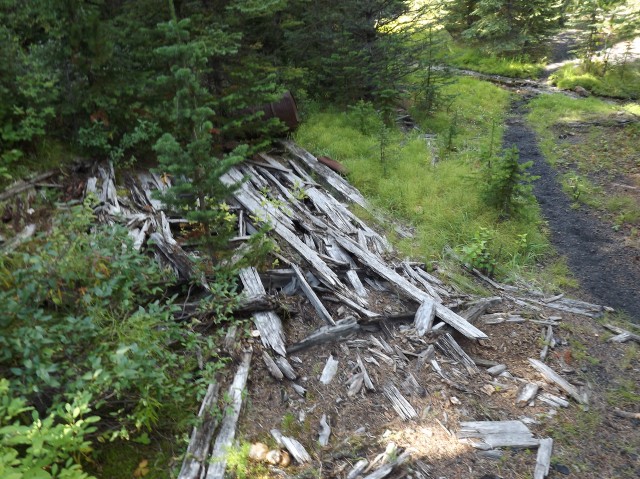
A fallen building at the west workings.
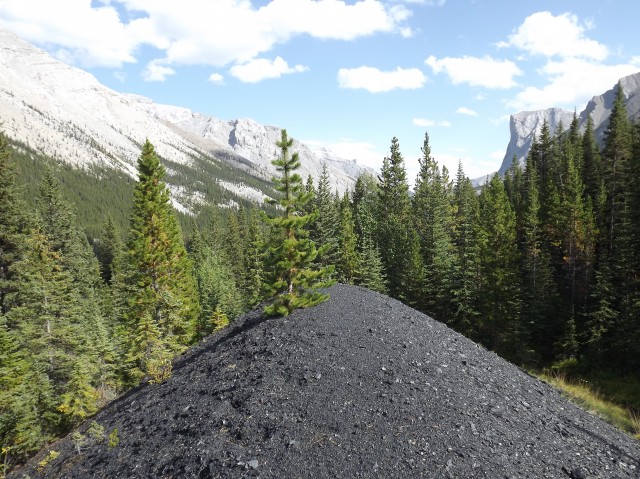
Another coal slack dump.
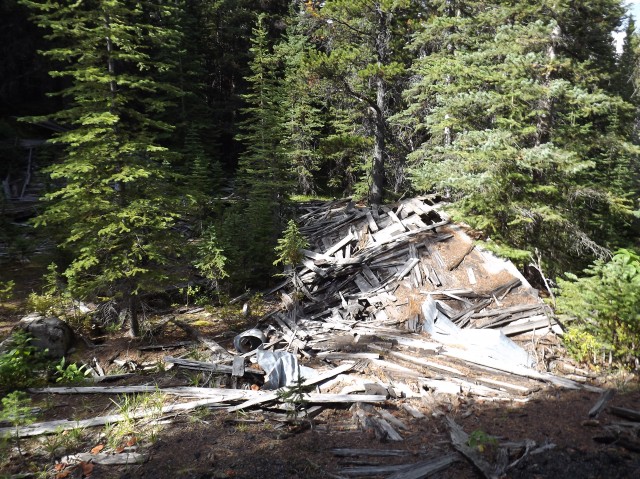
This operation dates from the time of World War One.
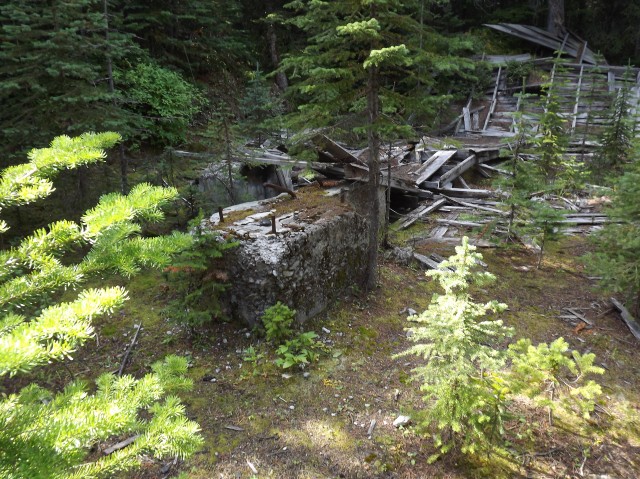
Old concrete footings.
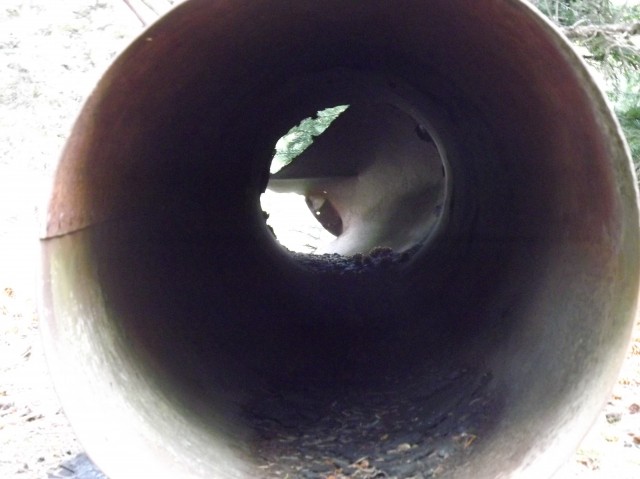
An old pipe, the west site was littered with them.
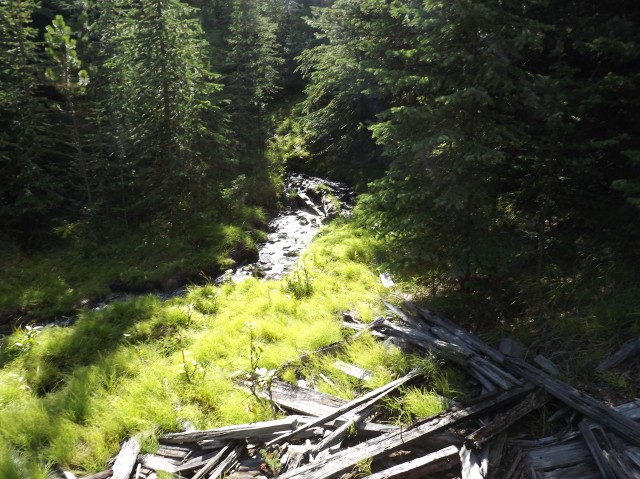
A stinky sulphur spring comes out of the collapsed west mine entrance.
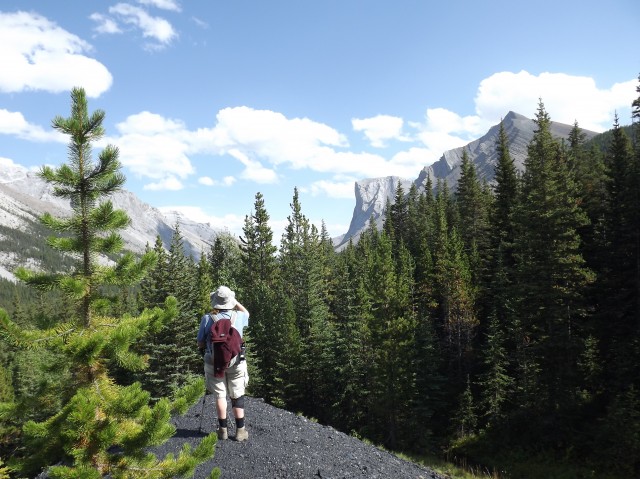
Looking east to Gibraltar Mountain, a stunning place to have a coal mine.
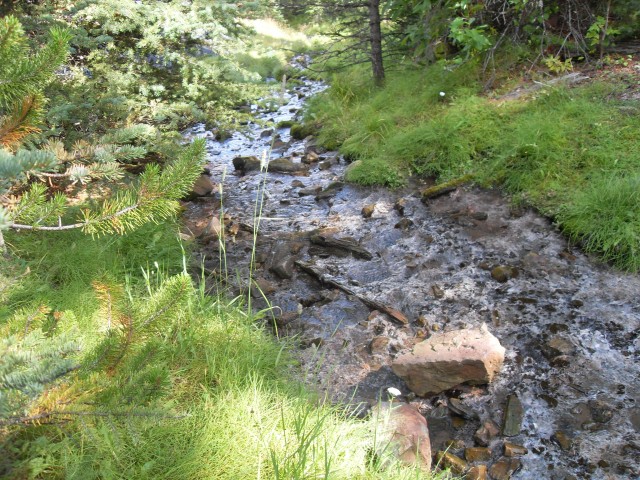
The rotten egg sulphur springs.
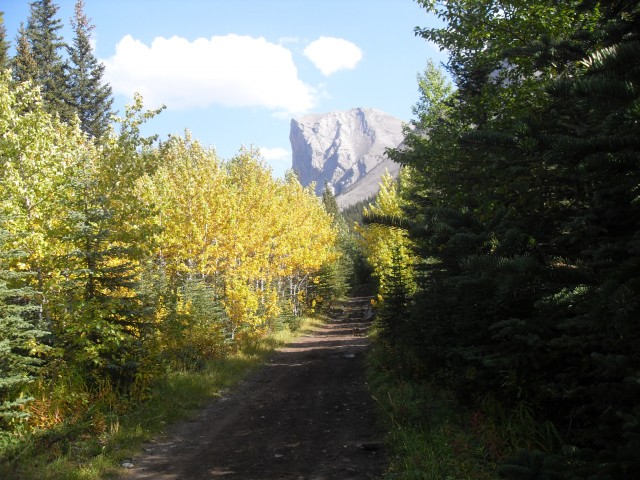
On the way back, the light was perfect.
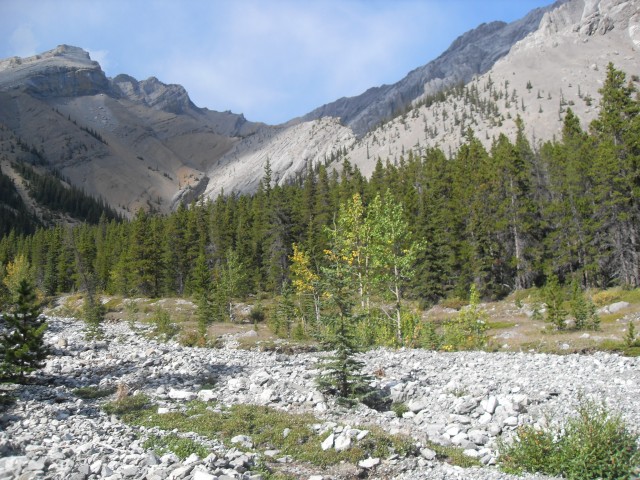
Enjoying the views!

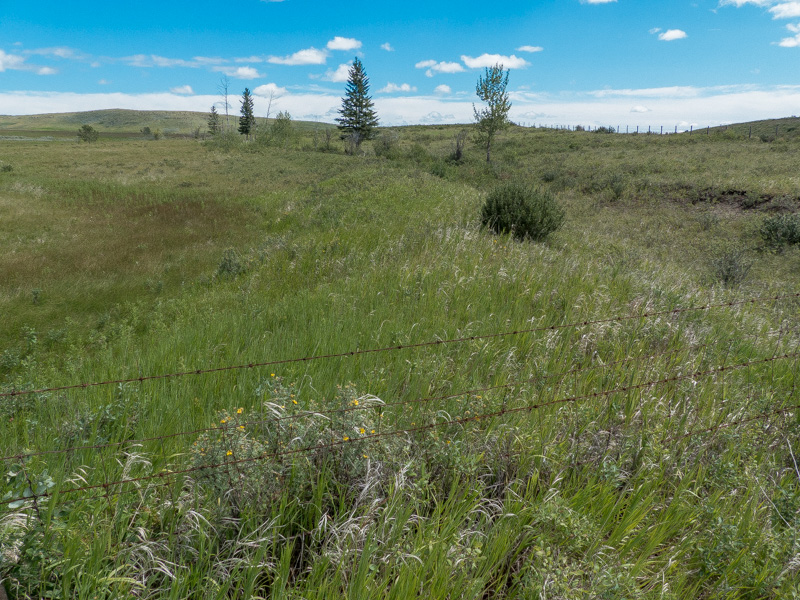
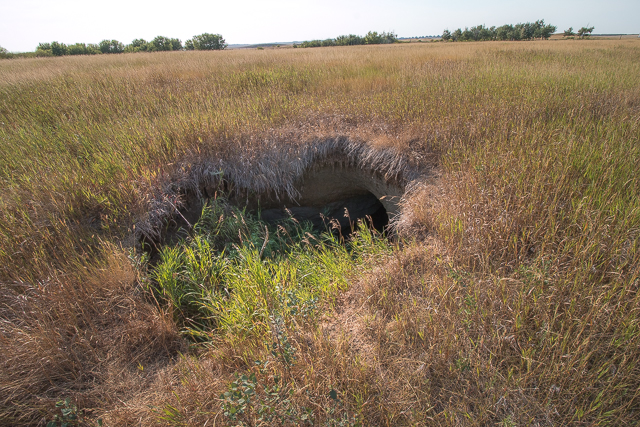
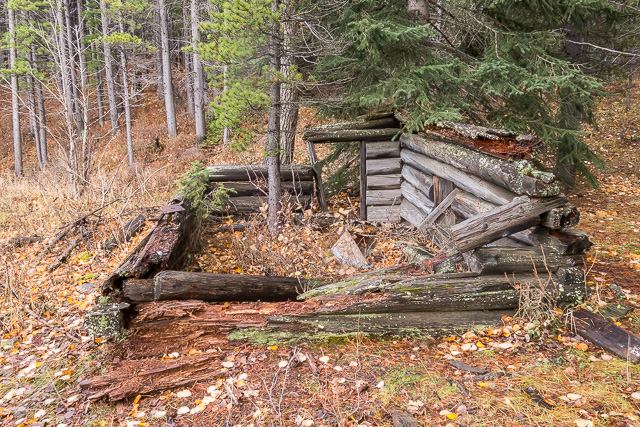
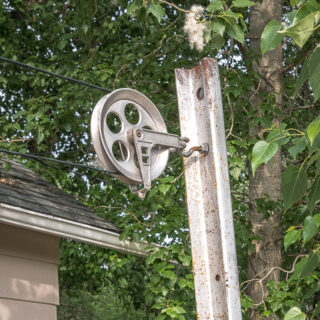
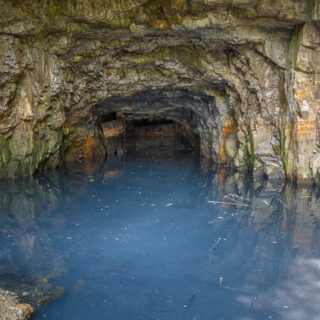
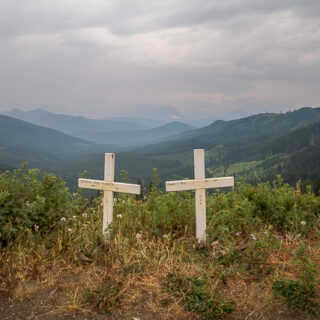
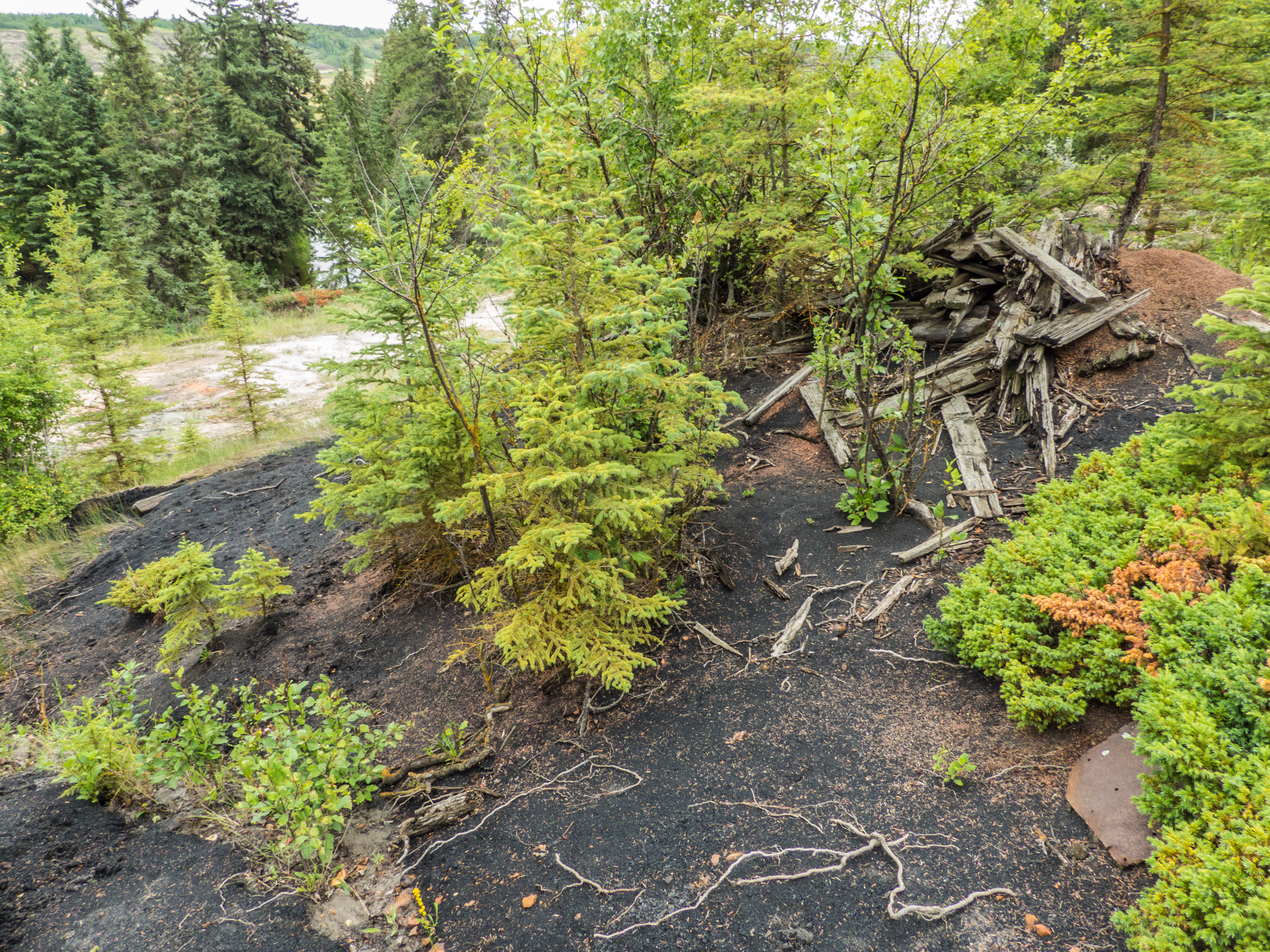
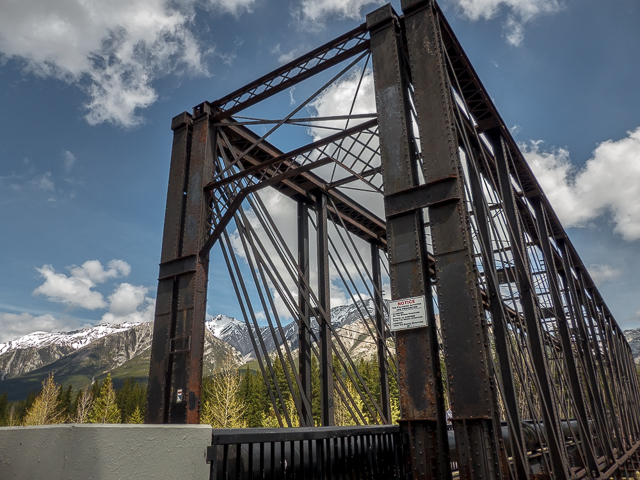
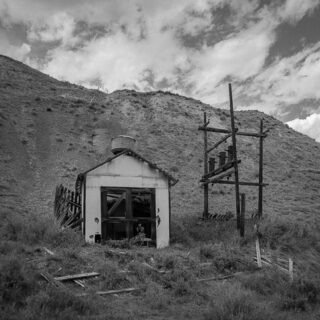
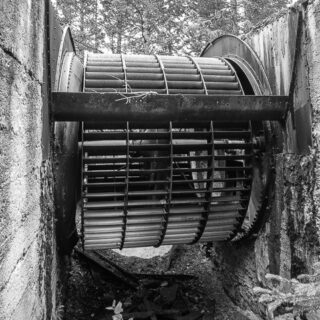
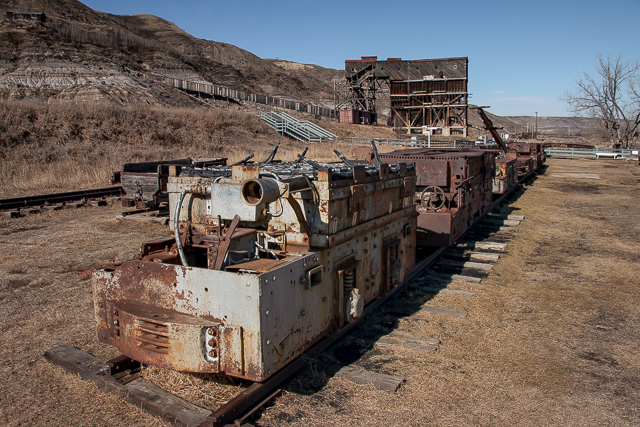
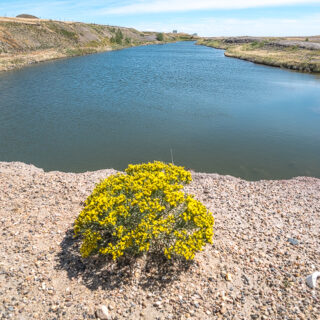
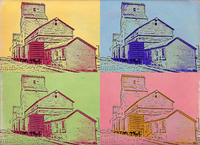





Pat Burns had nothing to do with Burnco, completely different Burns.
Thank you for pointing that out – it took 10k visitors for someone to notice! Not sure how it slipped past the fact checkers but it’s been corrected.
You bring memories alive with your photos and stories. Coal was a lucrative business once. It is too bad the Company was too far from markets.
Coal’s a dirty word present day, but back when this mine was planned, it was the future.
Have you been to Saunders yet?
We’ve scouted the place and plan to return.
What an amazing piece of industrial archaeology. A most interesting find and love that time lapse!
One word.. Great! Two words.. Very awesome! Three words.. I love it!